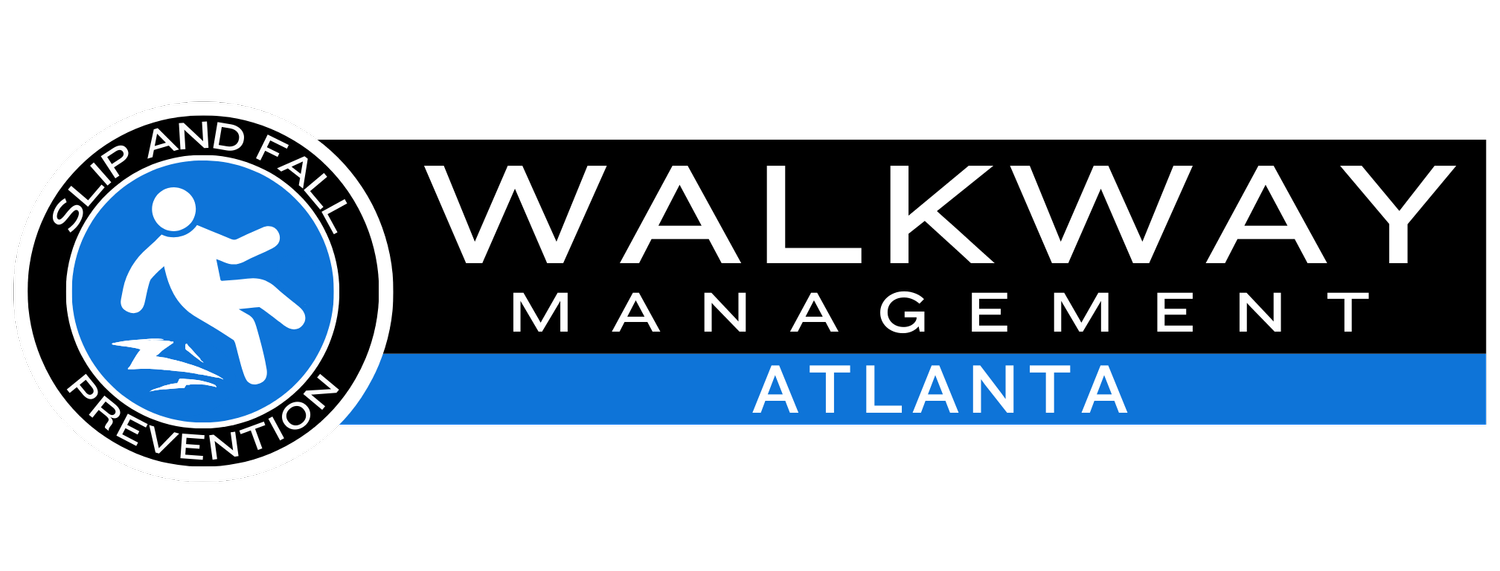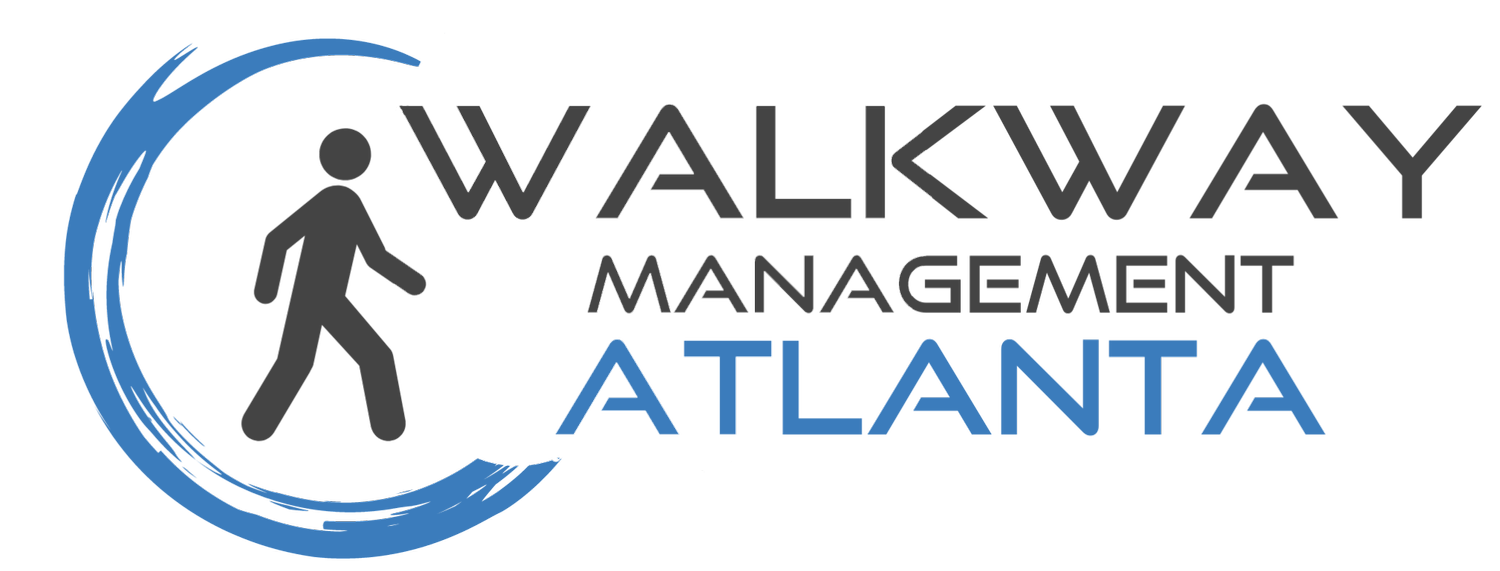Why you should consider Slip Testing?
What’s the Point?
You may be asking yourself, is it really necessary to undergo slip testing? Should I really invest in obtaining a document showing ANSI compliance with floor safety?
Many building owners and institutions have asked themselves this very same question, and in the face of strict budgets and numerous spending priorities, something like slip testing can seem unimportant and even wasteful.
Some may think that just because a slip & fall accident has never happened before, then it’s probably unlikely to ever happen. Others simply deem it unnecessary, thinking that putting a few mats around and a wet floor sign is enough to keep accidents from happening and to protect from any liability.
You can put mats and wet floor signs all over the place, but if you have a floor that has failed to meet the 0.42 threshold of dynamic coefficient of friction, you may still be held liable.
The truth, however, is that one of the most common types of accidents to occur in public places and work environments are falls due to slippery floors. These types of accidents can cause more than just a bump and a bruise-- some can lead and have led to a debilitating injury, and some can even be fatal.
Therefore, the slip resistance of floors, measured in Dynamic Coefficient of Friction (DCOF) must not be taken for granted. Slip testing, especially in high traffic areas, must be made a priority by building owners and institutions in order to protect themselves from liability and to protect customers and employees from serious injuries.
Not Just Any Type of Testing
You may think that slip testing is easy and can be done by simply stepping on a wet floor and seeing if it is slippery or not (more common than you think.) However, that is not the approved way to test for Coefficient of Friction. Imagine testifying before a jury that the floor wasn’t slippery when you tried to slide your foot on it.
Other people try to sell you on testing the floors using a non-approved tribometer.
Currently, there is only one nationally accepted standard for testing floors for slip resistance. That standard is stated by the American National Standards Institute (ANSI) in A326.3.
The Only Way
Walkway Management Atlanta is one of the very few companies in Georgia that is certified, properly trained, and highly equipped to carry out slip testing services in compliance with all ANSI and ASTM standards.
Our state-of-the-art testing services involve looking at every aspect that can contribute to the slippery conditions of floors: from materials, construction and maintenance to contaminants, environmental conditions and floor design. Testing is done in areas that are high traffic, low traffic and probably contaminate areas (areas near water fountains or refrigerators). Many of these factors are under the control of building owners and managers, so the responsibility for any accidents caused by these factors will most likely rest solely upon their shoulders. These further stresses the importance of having a complete floor audit done quarterly.
Walkway Management Atlanta ensures that results are unbiased and genuine. Using the BOT-3000e, developed by Regan Scientific Instruments, the odds that results could be inaccurate or manipulated are essentially non-existent.
Walkway Management Atlanta collects all the data and compiles a professional floor audit report in accordance with ASTM F2048-00 with the sole purpose of ensuring the safety of a floor surface and reducing liability.
These floor audit reports are so thorough and reliable that they can be used in legal proceedings. The average slip and fall lawsuit costs companies about $45,000, it would be a wise decision to obtain a floor audit report.

